Written by: Mahnoor Fatima
Posted on: August 03, 2021 | 
Founder of Chinese Taoism, Lao Tze's statue in Quanzhou
Chinese and Silk Road History has once again been cast into the World Heritage spotlight, as UNESCO introduced a new world heritage site last month. During the 44th session of the World Heritage Committee, "Quanzhou: Emporium of the World in Song-Yuan China" was accepted as a World Heritage site, bringing the total of heritage sites in China to 56. With a new interest in the city, comes the opportunity to trace its history and its importance in developing the Silk Road as people understand it today.
Quanzhou (which is known as Zayton overseas), located on the southeastern coast of China in the Fujian Province, was once one of the world’s busiest ports during the Song (960-1279 CE) and Yuan (1271-1368) dynasties. It is believed to be one of the first and most important starting points for the Maritime Silk Road, though trade had been taking place from Quanzhou since the 6th century. In addition, Quanzhou was a leading centre for shipbuilding, and the development of navigation technologies during the Song dynasty.
Due to wars and invasions, it became easier and more convenient to use maritime routes for trade. Initially, the main products for trade were silk products, porcelain, tea and copper, while primary imports were spices, plants, gemstones and pearls. Records show that these trade networks spanned over 100 regions, including Southeast Asia, Persia, Arabia and Africa.
The city became a prosperous, bustling hub for trade and commerce, but not without its ebb and flow. Over the 13th Century, the port’s prosperity declined due to increasing competition in Japan and internal instability in China. But thanks to the efforts of Pu Shougeng, an Arab or Persian Muslim superintendent, the city was restored to its former glory.
Many famed explorers passed through the port of Quanzhou and recorded its grandeur. 13th Century explorer Marco Polo described the city as “one of the greatest havens in the world for commerce” and “the Alexandria of the East.” Famed Arab explorer ibn Battuta described it as the greatest port in the world, while the Italian Christian missionary, Friar Odoric of Pordenone, described the city in all its splendour. Ships of all sizes and provenances docked at the harbor, and it was not uncommon to see merchants from all over the world selling and exchanging goods.
These traders and merchants left indelible marks on the history and the urban landscape of Quanzhou. Merchants from all over the world made statues and temples to honor their deities and pray for prosperous business. In turn, these constructions have made Quanzhou an architecturally diverse and exciting city.
Many ancient walkways, buildings and statutes incorporate motifs from traditional southern architecture style called ‘Minnan’ (Min is the shortened name for the Fujian province, and ‘nan’ means ‘south). Chinese design is also mixed with motifs from Islam, Hinduism, Buddhism, Manichaeism in a hybrid style called ‘Fanzai’. Currently, Quanzhou has about 22 historical sites and monuments across the city. These include a massive statue of Lao Tzu who founded Taoism, the Kaiyuan Buddhist Temples, one of China’s earliest mosques and a series of Islamic tombs.
Quanzhou joins the likes of the Magao Caves, the Great Wall and the Mausoleum of the First Qin Emperor in Xian, as a city whose history is crucial in understanding the development of the global economy. It is both a vital piece of the ancient Silk Road, and a testament to the rich diversity that has existed in China for centuries.
The city government expressed their excitement at Quanzhou’s new heritage status, especially in light of the Belt and Road Initiative that seeks to recall the grand and global trade network of yesterday. “[The sites] not only record the prosperity of Quanzhou in the past, but also confirms a unique trade system created by the joint efforts of the central governments, local and overseas communities, which led to prosperous oceanic trade and cultural exchanges during that period.”
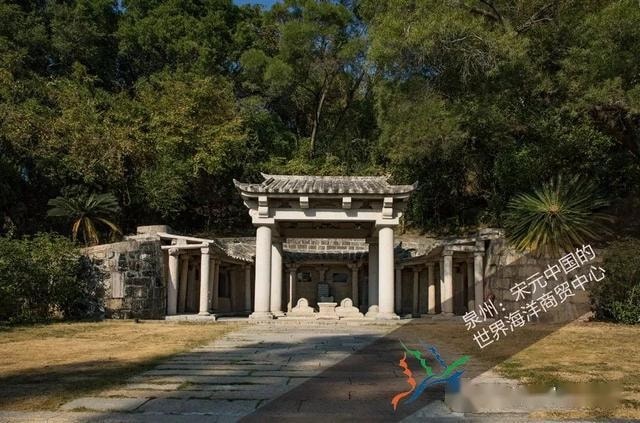
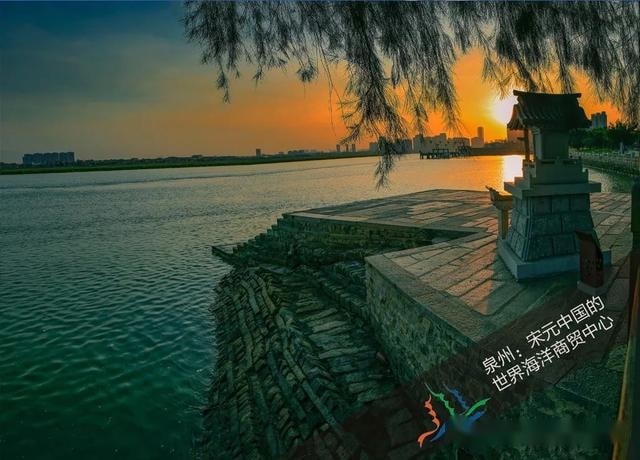
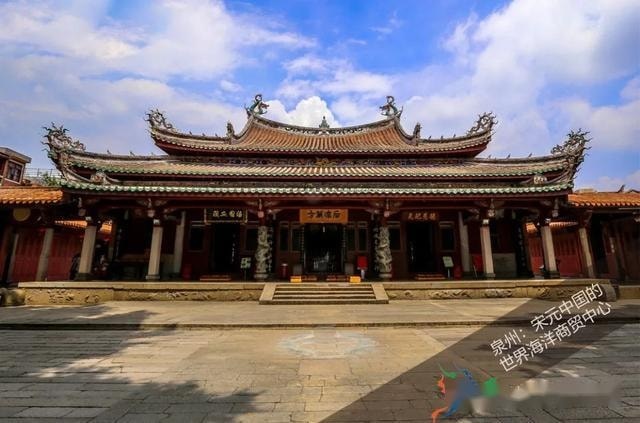
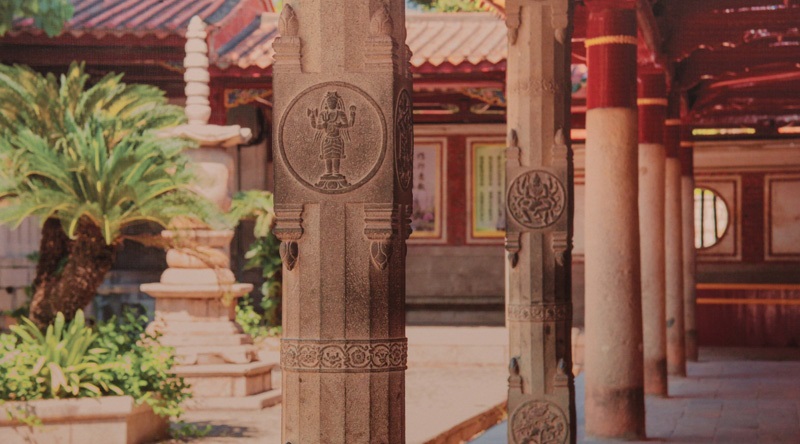
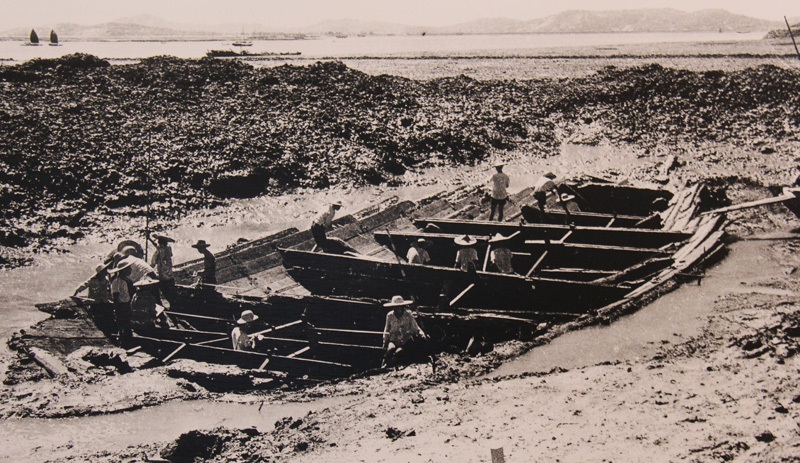
You may also like: